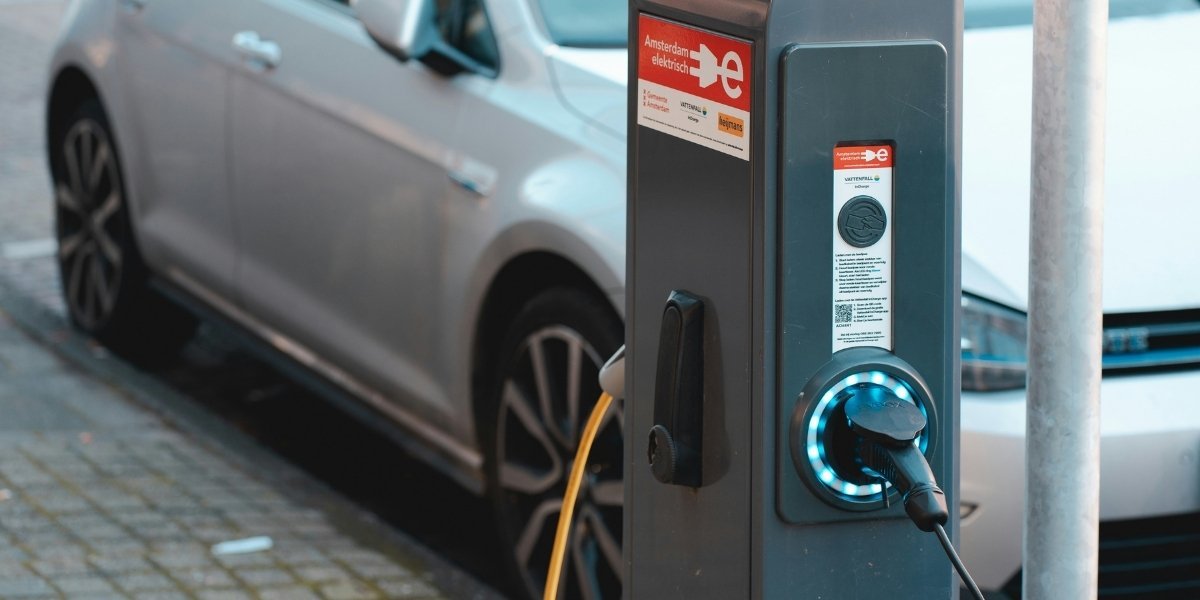California’s new EV incentive is designed to keep electric cars affordable at a time when federal support is winding down. The federal EV tax credit, which has helped many buyers offset the cost of switching to electric vehicles, is scheduled to expire for most consumers. Without it, the upfront price of an EV could feel out of reach for many households. The state’s response is to consider a replacement program that uses its own revenue sources to maintain affordability.
This shift isn’t just about filling a financial gap. It’s also about keeping momentum in the transition to cleaner transportation. Electric vehicles have become more common on California roads, but their adoption still depends heavily on cost. Without incentives, many buyers might delay their purchase or opt for traditional gas-powered cars. That’s why the state is exploring new ways to support EV buyers, even as federal backing fades.
For those trying to make sense of changing policies, it can feel frustrating to watch a helpful credit disappear just as EVs become more mainstream. California’s effort to step in reflects a broader concern: how to keep clean transportation accessible without relying on federal programs that may not be permanent.
How Will California’s EV Incentive Be Funded?
One of the most discussed options involves using revenue from the state’s cap-and-trade program. This system requires large polluters to buy carbon allowances, and the money raised from those auctions goes into a fund dedicated to climate-related projects. That fund has already supported clean energy, public transit, and environmental upgrades. Now, it could be used to back a new EV rebate.
Another idea under review is a “feebate” system. This would add a fee to the purchase of gas-powered vehicles and use that money to provide rebates for electric ones. The concept is simple: those buying higher-emission cars help subsidize those choosing cleaner options. It’s a way to shift consumer behavior without increasing overall state spending.
Both approaches have their pros and cons. Cap-and-trade revenue is already stretched across many programs, so adding another demand could create competition for funds. Feebates, while potentially effective, might face pushback from buyers who feel penalized for their choices. Still, each method reflects California’s effort to find a sustainable way to support affordable electric cars.
Who Will Benefit Most from the New EV Incentive?
The goal is to make electric vehicles more accessible to a wider range of buyers, especially those who might not afford one without financial help. That includes middle-income households, first-time EV buyers, and residents in areas with limited public transit. By keeping electric cars affordable, the state hopes to reduce emissions while also improving transportation equity.

Income-based eligibility is likely to play a role. Many existing rebate programs already offer higher benefits to lower-income applicants, and the new incentive may follow that model. This helps ensure that support goes to those who need it most, rather than subsidizing luxury purchases.
Used EVs may also be included. While most incentives focus on new vehicles, expanding support to pre-owned models could make clean transportation more attainable. With more electric cars entering the used market, this could be a practical way to reach buyers who are price-sensitive but still interested in switching.
What Are the Challenges of Replacing the Federal EV Tax Credit?
Replacing a long-standing federal program isn’t simple. The federal EV tax credit has been a key driver of electric vehicle adoption, and its expiration leaves a noticeable gap. California’s new EV incentive must match that impact without creating confusion or delays.
One challenge is timing. Buyers often plan their purchases around available incentives, and uncertainty can lead to hesitation. If the state program isn’t ready when the federal credit ends, it could slow down EV sales. Clear communication and smooth rollout will be essential.
Another issue is consistency. Federal credits were available nationwide, while state programs vary. California’s new EV incentive must be easy to understand and apply, or it risks discouraging buyers. That means clear eligibility rules, predictable rebate amounts, and straightforward application processes.
There’s also the question of long-term funding. Whether the state uses cap-and-trade revenue or feebates, the program needs to be financially stable. If funding dries up or shifts unpredictably, buyers may lose confidence in the incentive’s reliability.
How Might California’s EV Incentive Affect the Broader Market?
California plays a major role in the electric vehicle market. Its policies often influence manufacturers, dealerships, and other states. A strong state EV rebate could encourage automakers to prioritize affordable models and expand their offerings in California.
Dealerships may also adjust their sales strategies. If buyers respond positively to the new incentive, dealers might stock more electric vehicles and offer better financing options. That could help normalize EVs as a standard choice, rather than a niche product.

On a larger scale, California’s approach could serve as a model for other states. If the program proves effective, it might inspire similar efforts elsewhere. That could help maintain national momentum in clean transportation, even without federal support.
For buyers, the impact is more personal. A well-designed incentive can make the difference between choosing an electric car or sticking with gas. And for those who’ve been watching prices climb or incentives disappear, it’s understandable to feel uncertain. California’s effort to keep electric cars affordable is a response to that concern, aiming to make clean transportation a practical option—not just an ideal.








